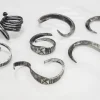
-
Shop by Type
-
Shop by Culture
-
Collections
Home » Blog » Norse & Viking » Norse Runes Meanings: A Comprehensive Guide to Viking Age Wisdom
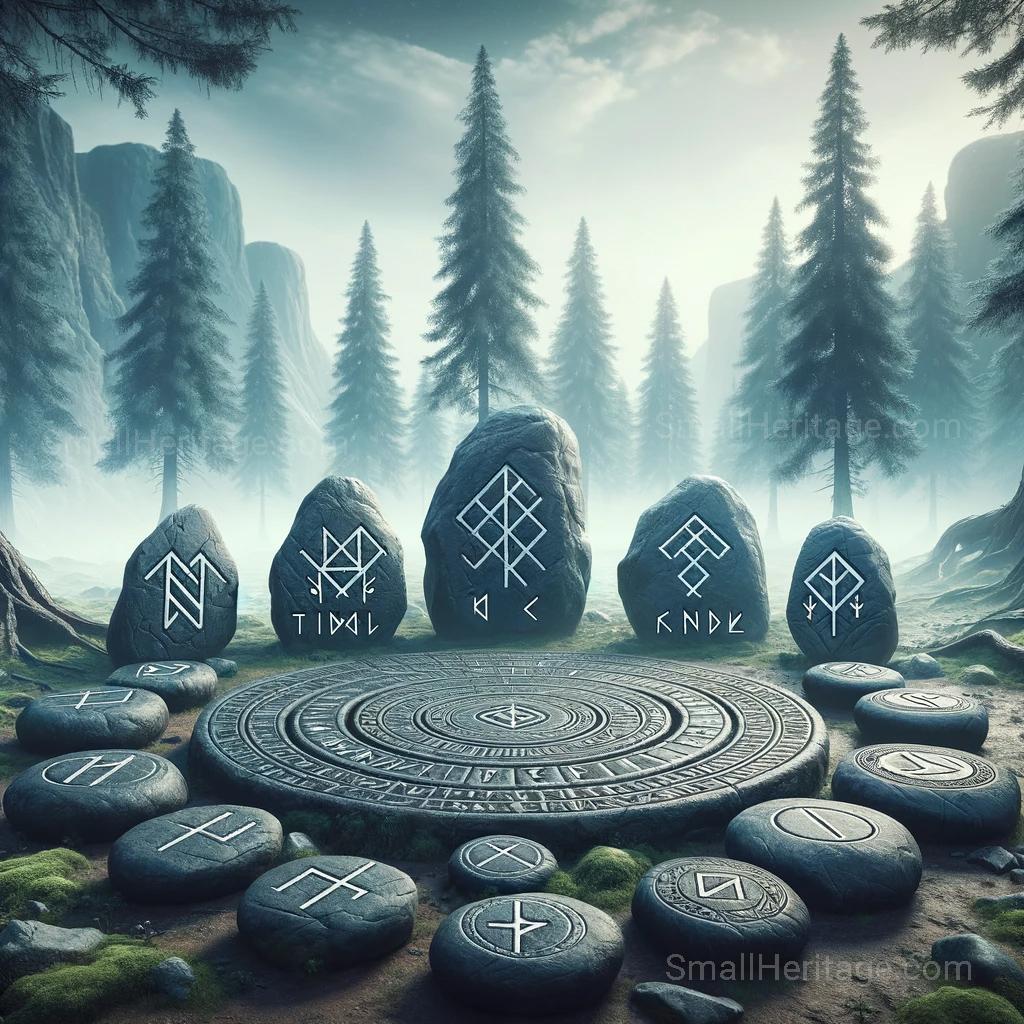
Embark on an enlightening journey through the ancient world of Norse runes with SmallHeritage.com. These enigmatic symbols, central to the cultural and spiritual life of the Vikings, represent far more than an archaic alphabet. They are a window into the soul of a civilization, offering insights into the Norse way of life, their beliefs, and their universe.
In Norse mythology, runes were not merely letters but mystical symbols imbued with immense power. The legend of Odin’s self-sacrifice to gain knowledge of runes underscores their vital importance. These symbols, believed to be embedded with the power of the universe, offered wisdom and insight into life’s mysteries, guiding Vikings in both spiritual and mundane matters.
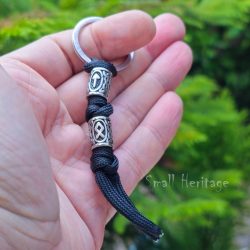
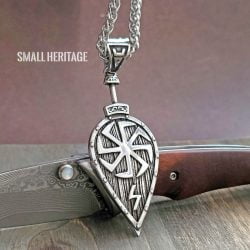
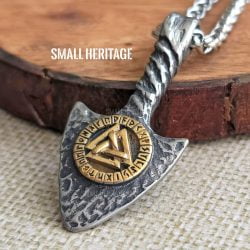
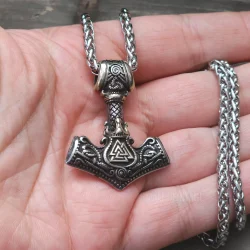
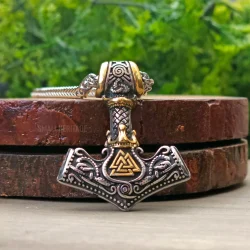
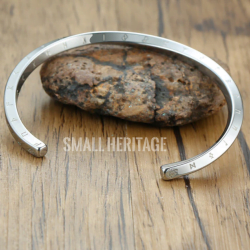
The origins of the runic alphabet are a subject of much debate and intrigue among scholars. While it may seem that runic writing appeared rather late in the history of writing systems, it holds connections to ancient alphabets from the Mediterranean area. Runic writing, with its angular letter forms, was used by Germanic peoples of northern Europe, Britain, Scandinavia, and Iceland from about the 3rd century to the 16th or 17th century AD.
Scholars believe the runic alphabet, often associated with the Norse, could have been derived from either the Greek or Latin alphabets, borrowing elements from these writing systems. One popular theory suggests that the Goths, a Germanic tribe, developed the runic alphabet from the Etruscan alphabet of northern Italy. This influence is visible in inscriptions such as the Negau and Maria Saalerberg inscriptions, which date from the 2nd and 1st centuries BC and use an Etruscan script in a Germanic language. This further emphasizes how ancient Mediterranean systems played a role in shaping what we now know as runic writing.
The Elder Futhark, the oldest form of the runic alphabets, consists of 24 runes, each with a unique name, sound, and deeply symbolic meaning. Below is a brief overview of each rune:
Each rune carries a wealth of history and mystical wisdom, offering a unique perspective on Viking-age spirituality and culture.
As the Norse language and society evolved, so did the runes. The Younger Futhark, emerging as a more condensed script with 16 runes, reflected a shift in linguistic and cultural focus. The meanings of these runes became more complex and nuanced, adapting to the changing times and societal needs.
Runestones, scattered across Scandinavia, were not mere markers but canvases that told stories of conquests, lineage, and social structure. The Jelling stones in Denmark, for example, mark King Harald Bluetooth’s conversion to Christianity, signifying a pivotal moment in Norse cultural history.
In Viking society, runes were more than tools for writing; they were used for divination, casting spells, and communicating with the divine. This mystical aspect is vividly depicted in various sagas and poems, where runes are shown to heal, protect, and foretell.
Beyond their mystical use, runes served practical purposes in Viking daily life. They were used in trade, engraved on weaponry, and served as personal amulets, underscoring their integral role in bridging the realms of the sacred and the mundane.
In Viking culture, both runes and symbols held immense power, not just as writing tools, but as spiritual and protective emblems. Runes like Algiz were used for protection, while symbols such as Thor’s Hammer (Mjölnir) and the Valknut signified strength, protection, and the afterlife. For a more in-depth exploration of these ancient emblems, you can explore the Viking Symbols and Their Meanings page on Small Heritage, where these powerful symbols are broken down to reveal their historical and cultural significance.
Today, the fascination with Norse runes extends beyond academic interest. They are embraced in modern spirituality, artwork, and jewelry, not merely for aesthetic appreciation but as a connection to ancient wisdom and Viking ethos.
The study of Norse runes is an immersive journey into the heart of Viking-age culture and spirituality. Each rune bears its unique story and wisdom, providing a timeless connection to the past and enriching our understanding of history and human nature.
Discover your connection with these powerful symbols through our exquisite collection of Norse rune jewelry at SmallHeritage.com. Each piece is a reflection of history, artistry, and meaning, inviting you to explore the mysteries of the past. Experience the rich legacy of the Vikings and carry a piece of their wisdom with you.
© 2025 Small Heritage. All rights reserved.
© 2025 Small Heritage. All rights reserved.